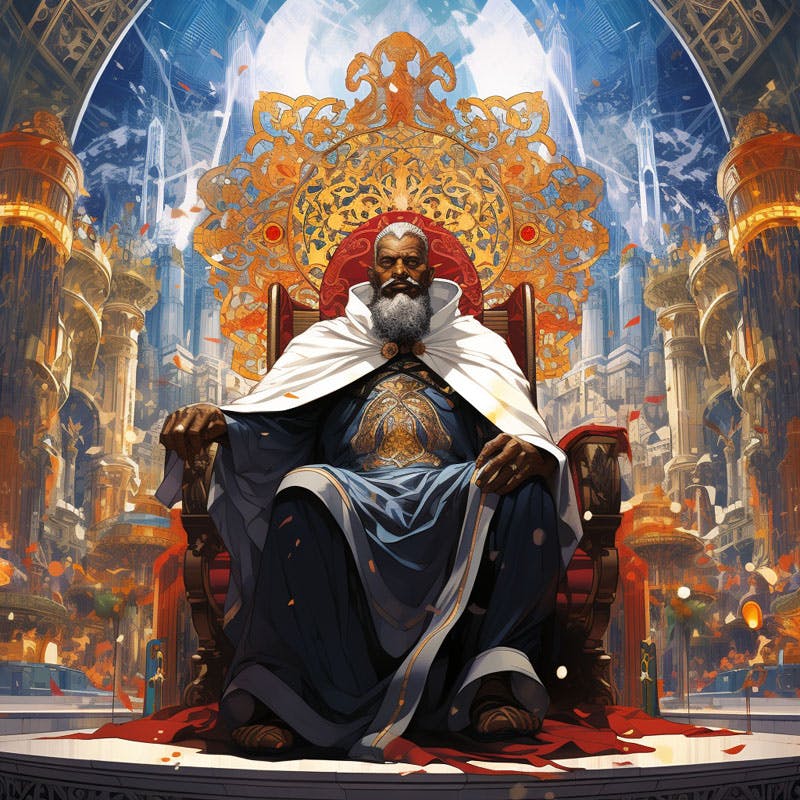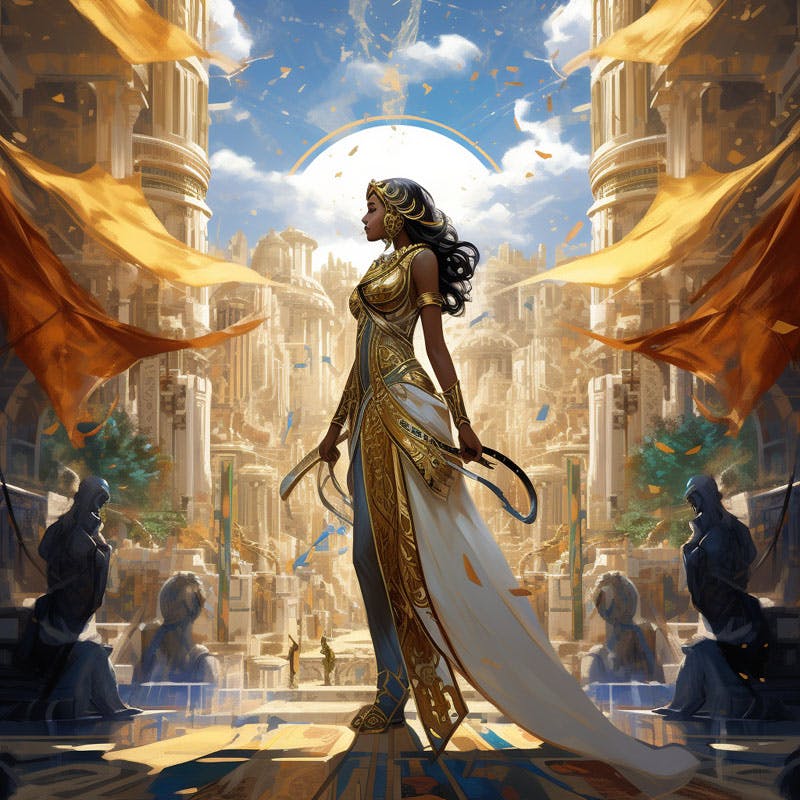- Published on
The Ruler Archetype - Traits, Goals, and Brand Examples

Table of Contents
The Essence of the Ruler Archetype
The Ruler archetype represents authority, control, and leadership. This archetype, found in myths, legends, and history, embodies the figure of a leader, king, or queen, who exerts influence and commands respect. In the context of branding, the Ruler archetype appeals to consumers seeking stability, security, and a sense of order. Brands adopting this archetype often position themselves as industry leaders or premium choices, offering products or services that promise control and high status.
Key Characteristics of the Ruler
Brands that align with the Ruler archetype typically exhibit qualities such as:
- Authority: Projecting a sense of command and expertise.
- Elegance: Emphasizing sophistication and a premium feel.
- Control: Offering a sense of stability, security, and orderliness.
Common Traits and Behaviors
The Ruler archetype is characterized by:
- Leadership: Demonstrating a commanding presence and the ability to lead.
- Dominance: Exerting influence and control over their domain.
- Exclusivity: Offering products or services that suggest high status and prestige.

Goals and Aspirations
The primary goal of the Ruler archetype is to convey a sense of power and control. Brands using this archetype aim to be perceived as leaders in their field, offering the best, most elite products or services. They often market themselves as the go-to choice for those who aspire to be successful and in control.
Potential Drawbacks
The main challenge with the Ruler archetype is avoiding the perception of being overly authoritarian or elitist. In markets that value inclusivity and accessibility, this archetype can sometimes be seen as out of touch or intimidating.
Real-World Brand Examples
Brands that effectively embody the Ruler archetype include:
- Rolex: Known for its luxury watches that symbolize status and success.
- Mercedes-Benz: Represents sophistication, high status, and engineering excellence.
- Microsoft: Often seen as a leader in the technology sector, exerting significant influence.
- American Express: Projects an image of exclusivity and prestige in financial services.
- Four Seasons: Embodies luxury and excellence in the hospitality industry.
How to Utilize the Ruler Archetype in Branding
To leverage the Ruler archetype, brands should:
- Emphasize leadership, excellence, and superiority in their messaging.
- Create an aura of exclusivity and prestige around their products or services.
- Position themselves as the premier choice in their industry.
Conclusion
The Ruler archetype is a powerful strategy for brands aiming to establish themselves as leaders and authorities in their field. It resonates with consumers who aspire to success, control, and high status. Implementing this archetype can create a distinguished brand identity that commands respect and loyalty. Branding5 can assist businesses in harnessing the power of the Ruler archetype, providing insights and strategies to integrate these qualities into your branding, ensuring your brand is perceived as a leader and an emblem of success and prestige.